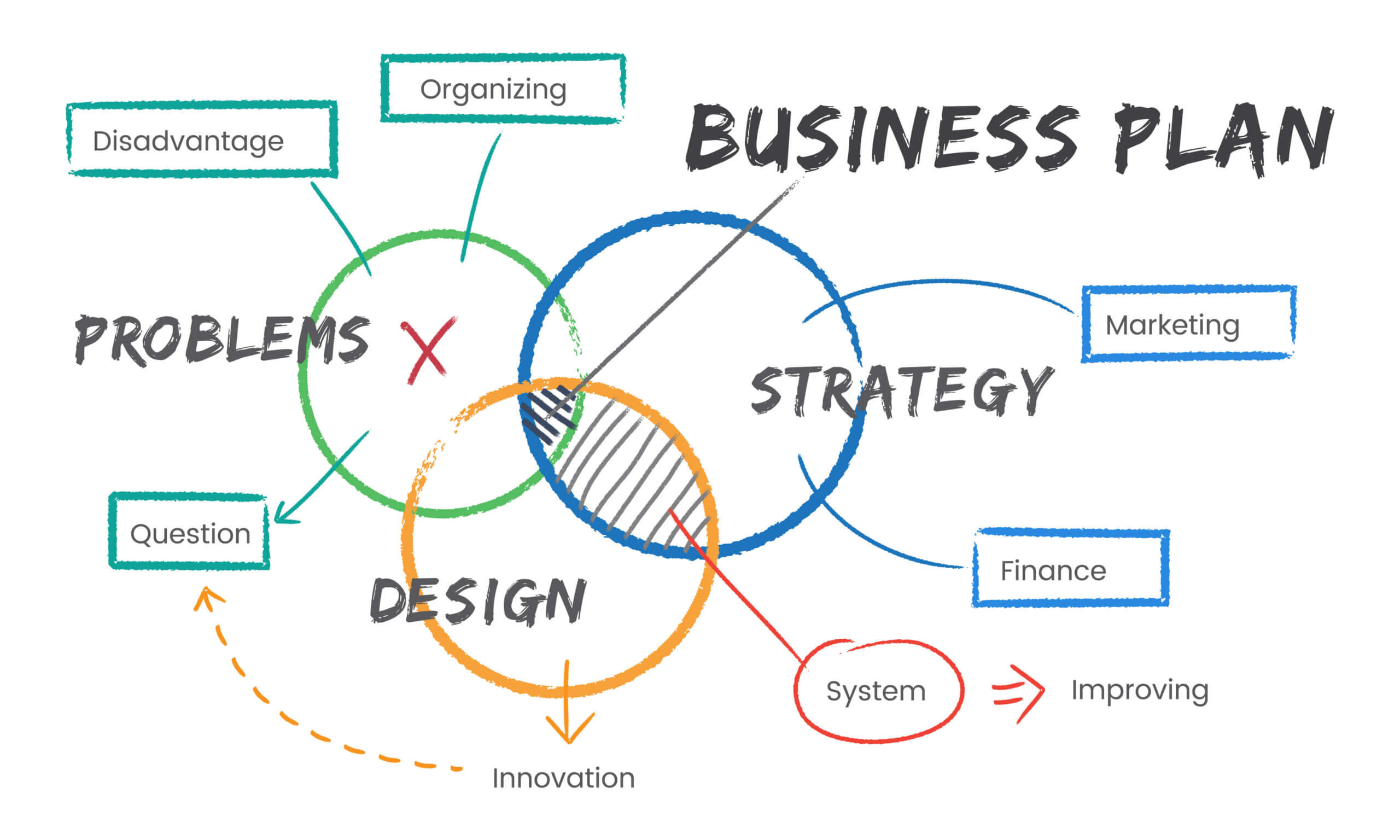Good Strategy Bad Strategy This fresh approach to strategic thinking begins with tales of battles at sea in the days of Napoleon and continues to explain what kinds of strategies have made the difference for modern companies like Apple, Wal-Mart, Cisco, Starbucks and Wells Fargo. Author Richard Rumelt shows that many recent high profile failures …
Starting a Business/
Business Planning
Developing strategy takes time and resources. It requires the time and commitment of some of the most highly paid and highly experienced people in your organization. So, if your team isn’t willing to invest what is needed, I recommend that you don’t do it. Poor planning is often worse than no planning at all. So, …
There are now many choices in legal structure for a new business. That’s both a good thing and bad thing. It’s great to have options, but sometimes the details can become overwhelming. For a business with a social as well as financial purpose, there are different ways to set things up, depending on your motivations, …
When developing strategy, managers are often called upon to interview executives and other managers on a variety of issues facing an organization. Questions often arise concerning the organization’s vision, or its critical success factors, or key strategies, objectives or goals. “What is a strategy? How does it differ from a goal or an objective? How …
Social media has not been around that long; Facebook is barely seven years old, for example. But in today’s business and social environment, for many companies that sell directly to the public, having a social media strategy is no longer an option. You gotta have one.
— By Guest Writer, Bert Doerhoff, CPA By paying quarterly you can ease your yearly accounting process with less calculations, allowing you to devote more time to the important day-to-day aspects of your small business. When paying quarterly, you pay your taxes in equal portions in April, June, September and January. This works best if …
Recent attention to the Recommendations of the 9/11 Commission remind us of their key finding: A failure to “connect the dots” and imagine what was being planned by the terrorist community was an important contributing factor to the September 11 attacks. The Commission concluded that “the most important failure was one of imagination.” While the …







